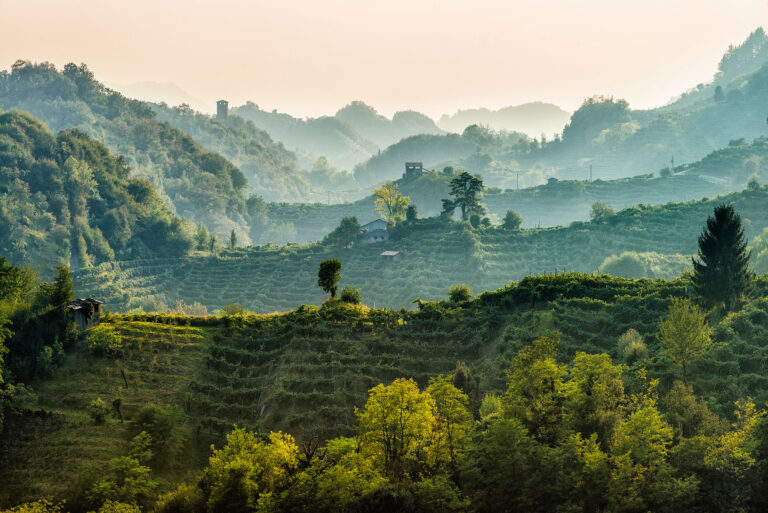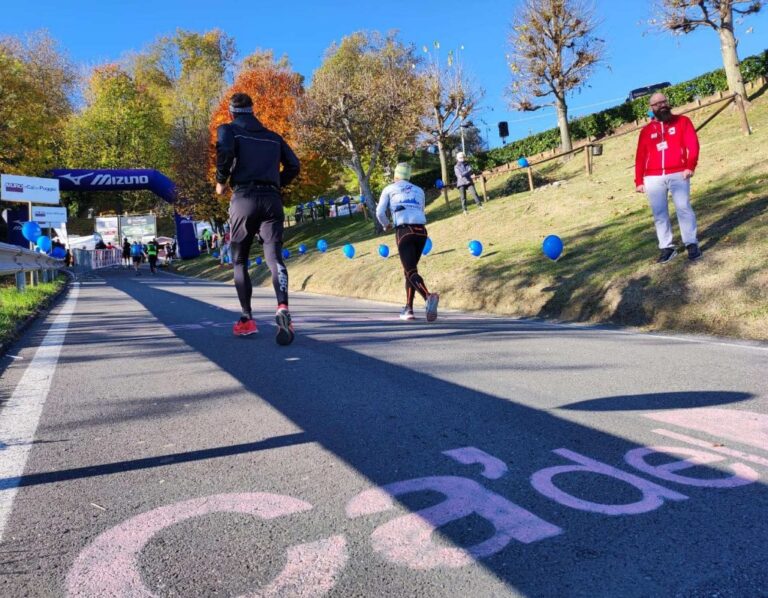August 15th is the day when most Italians flock to beaches, mountain retreats, and art cities. A holiday agreed upon between the Italian State and the Vatican, Ferragosto has both sacred and secular origins.
What to do on Ferragosto: visit our Places section

- The term Ferragosto comes from the Latin “Feriae Augusti,” meaning “the holidays of Augustus,” the emperor who, in 18 B.C., declared that the month of August would be entirely dedicated to rest and leisure. Back then, the Romans would exchange the greeting “Bonas feria augustales,” similar to our “Buon Ferragosto.”
- In the 1920s, the Fascist regime established “Treni Popolari di Ferragosto,” which were scheduled train journeys at low prices from August 13 to 15, allowing even less affluent Italians to go on vacation, albeit for just a few days.
- During the Fascist era, Italians also began preparing packed lunches for Ferragosto outings to save on food costs. This led to the traditions of picnics and barbecues on August 15.
- In 1950, Pope Pius XII declared that August 15 would also be the Feast of the Assumption of the Virgin Mary into Heaven. This is why, on Ferragosto, Catholic Christians attend Mass to commemorate the day, according to the Christian calendar, when the Virgin Mary is believed to have ascended from earthly life to Paradise.
- In countries with Catholic traditions, August 15 is also celebrated. In Ireland, for example, Ferragosto is known by the Gaelic term Féile Mhuire ‘sa bh Fomhar. According to legend, anyone who swims in Irish waters on this day will gain excellent health for the future.
© Marcadoc editorial team | 15/08/2024




